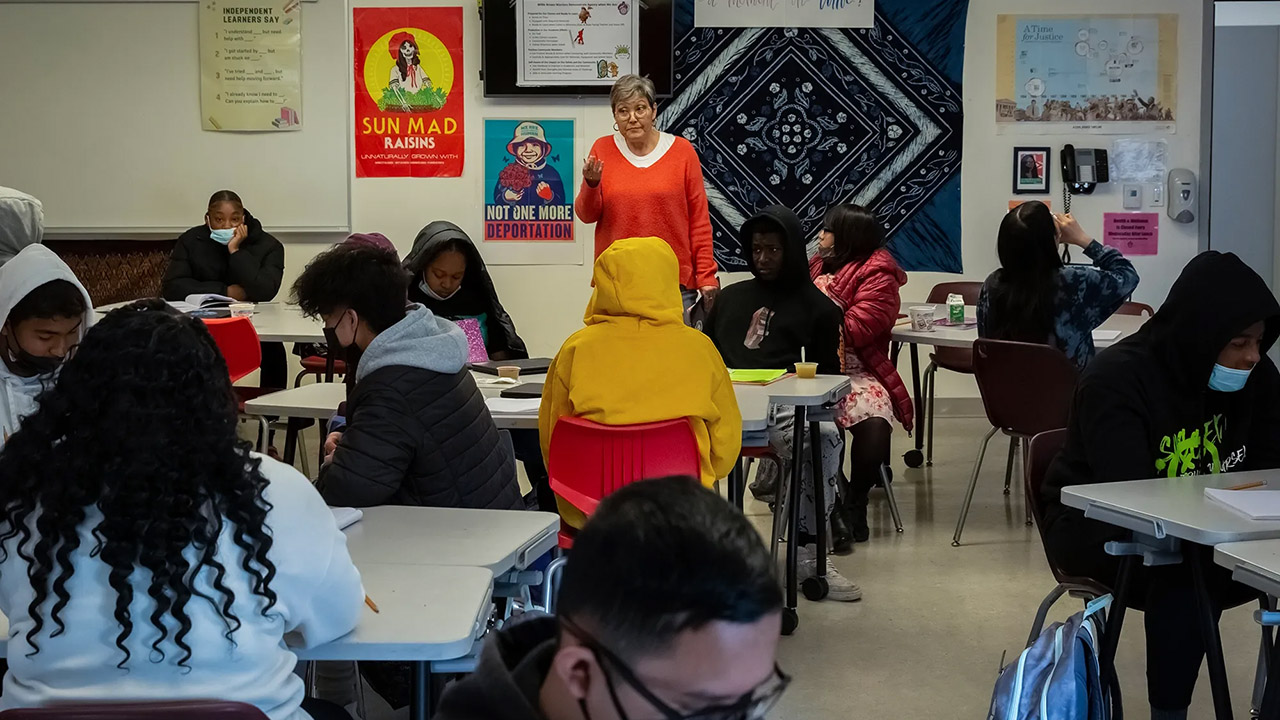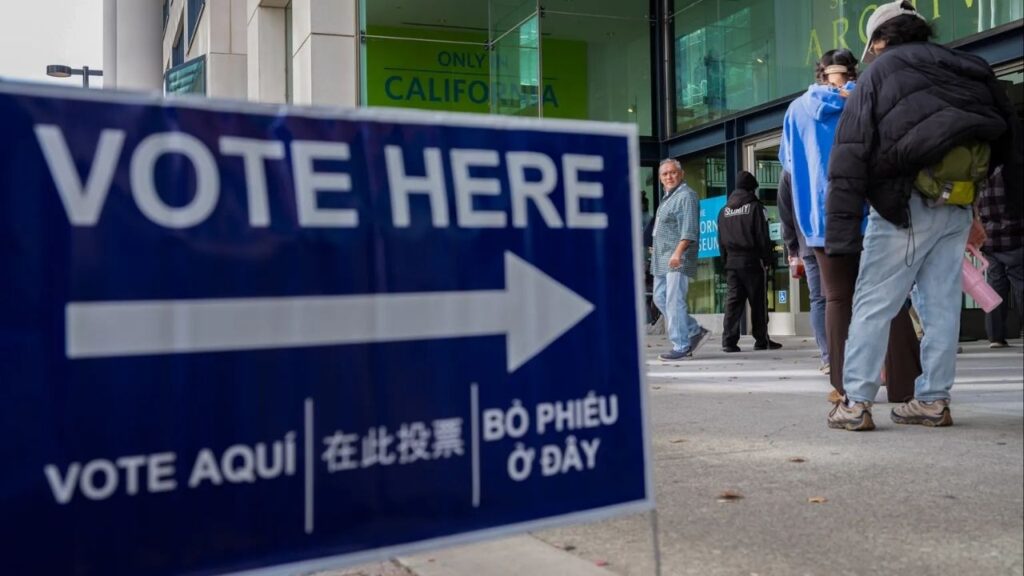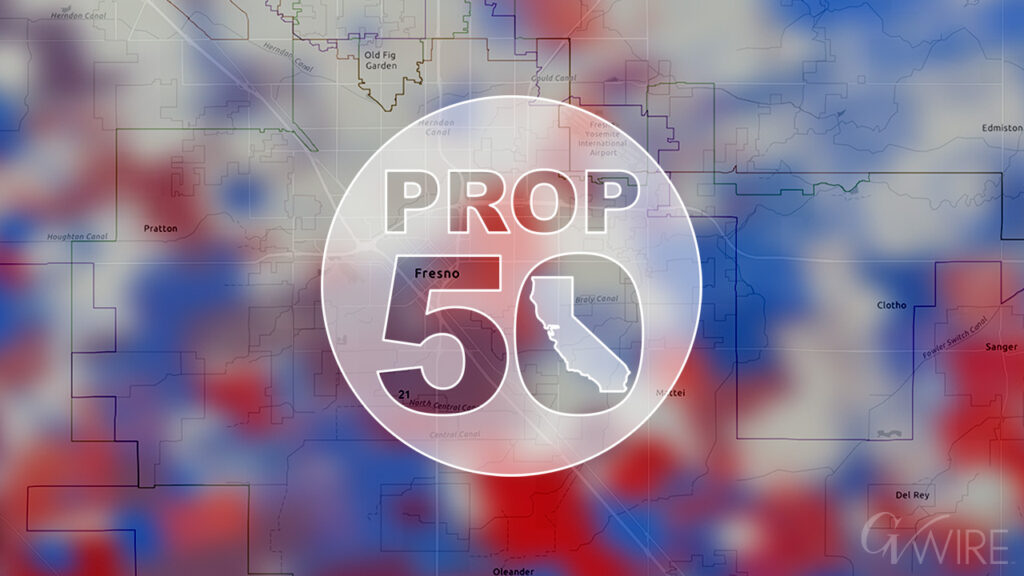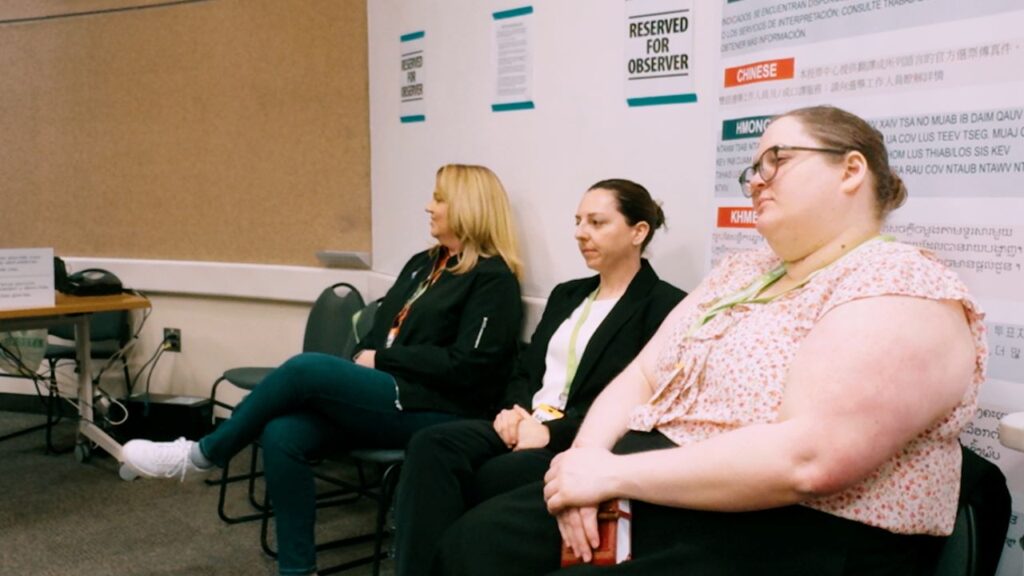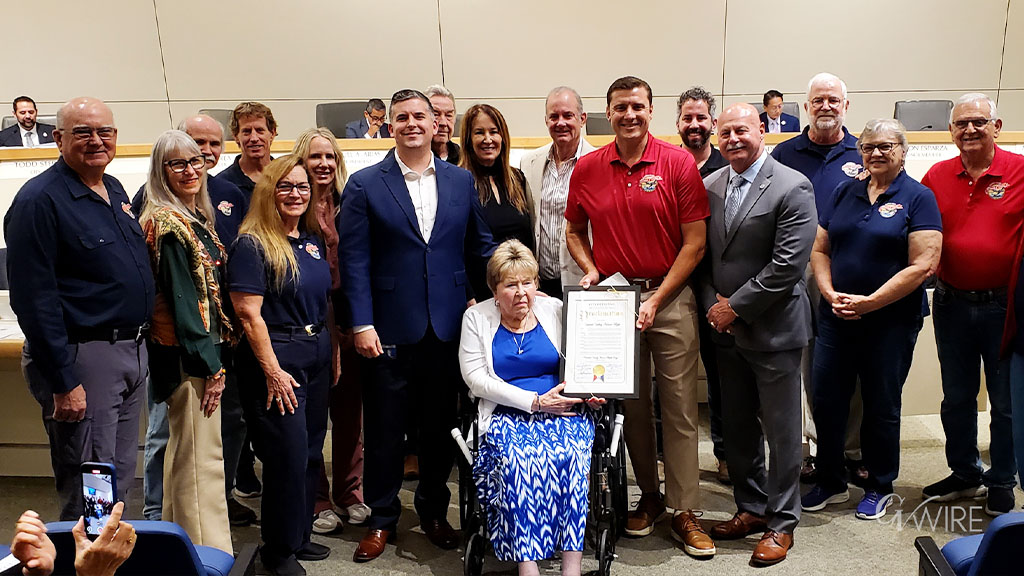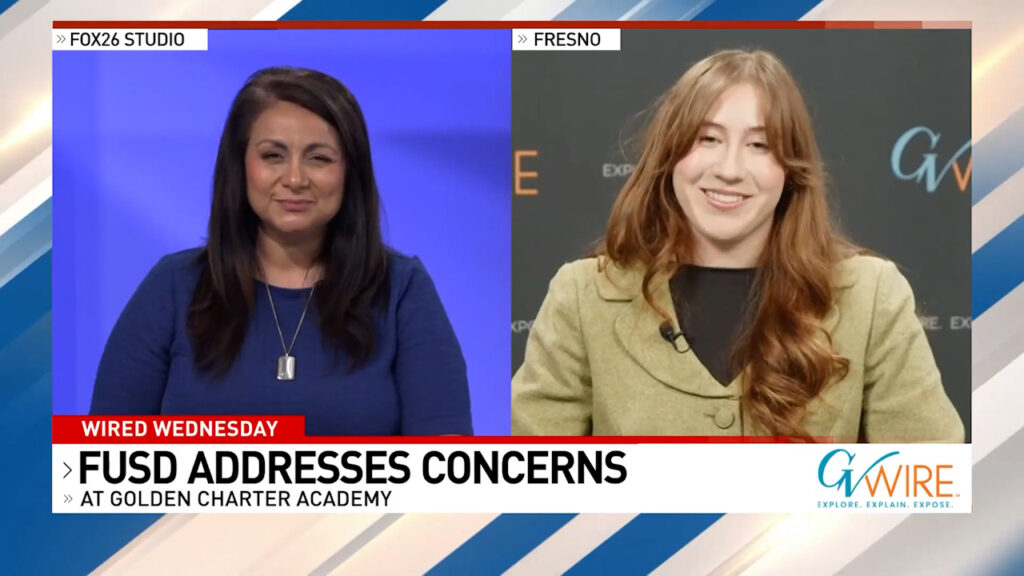California's education system faces persistent challenges in improving student performance in reading and math. (CalMatters/Shelby Knowles)

- California's education system lags behind other states, with reading and math scores still below pre-pandemic levels.
- Widening disparities between high and low-performing students are masked by average scores in national assessments.
- Despite increased funding, California struggles to close achievement gaps and improve basic educational skills.
Share
When Gov. Gavin Newsom issues one of his periodic boasts about California’s superiority vis-a-vis other states — particularly those with conservative politics such as Texas and Florida — he conveniently omits aspects that are less than admirable. The exclusions include California’s levels of poverty, homelessness, unemployment, utility bills and housing costs that are the nation’s highest, or close to it.

Dan Walters
CalMatters
Opinion
One of California’s starkest — and most important — letdowns is the consistent failure to help elementary and middle school students achieve higher national test scores in basic educational skills, such as reading and math.
Simply put, California’s education system is not only behind most other states, but even trails those that Newsom and other Californians consider to be culturally backward. Moreover, California schools have not yet recovered from the educational losses suffered during the COVID-19 pandemic.
This harsh reality is revealed in the latest round of academic testing by the federal National Assessment of Educational Progress. The data are voluminous and difficult to parse, but EdSource, a nonprofit news outlet devoted to charting California education trends, has thankfully done it for the rest of us.
Related Story: Let the Latest Scramble Begin for California School Construction Money
Widening Disparities in Student Performance
“The latest scores show mostly no progress,” EdSource reported last week. “Scores in fourth and eighth grade reading fell again, leaving California 9 points and the nation 8 points below 2017. Math was mixed — up in fourth grade, but not enough to catch 2019, with eighth grade taking another dip.”
EdSource further found that average scores “mask widening disparities between the highest and lowest-performing students. On fourth grade reading, student scores at the 90th achievement percentile fell 1 point between 2019 and 2024, and scores at the 75th percentile fell 3 points. However, scores for students in the 10th percentile fell 10 points, and for students in the 25th percentile, they fell 8 points.”
Stubbornly low levels of reading and mathematics skills among elementary and middle school students are particularly worrisome because they are tools that must be mastered to successfully navigate high school and post-graduation college classes or job training. The lapses not only affect the students’ chances to become successful adults but the state’s needs for an educated workforce and voting public.
The Impact on California’s Workforce
Current data underscore that negative effect. While California has a huge homeless population and more than a million members of its labor force are jobless, employers are also finding it very difficult to fill job vacancies with workers who are either skilled or can be trained.
This isn’t a new issue. California has been lagging behind other states for decades and has a chronic “achievement gap” between poor or English-learner students and those from more privileged circumstances.
More than a decade ago, then-Gov. Jerry Brown and the Legislature overhauled school finance to provide additional funds to schools with large numbers of students at risk of failure. While countless billions of dollars have been rerouted, the outcomes have improved only fractionally at best.
Funding and Educational Approaches
Money is certainly a factor in the quality of instruction. The state has sharply boosted spending on schools in recent years and they would have nearly $25,000 per student in Newsom’s proposed 2025-26 budget. Newsom has fostered additional state aid for kindergarten and pre-kindergarten, the state is now providing universally free lunches, and has implemented early screening to detect reading deficiencies.
Those are potentially positive steps to close achievement gaps, but money is not the only factor. EdSource notes that “some states whose scores exceeded California’s on fourth-grade reading, including Mississippi, Connecticut and Colorado, adopted comprehensive reading plans grounded in the science of reading.”
That’s the current term for phonics, which California’s education establishment has often resisted despite ample evidence that it improves kids’ ability to read.
About the Author
Dan Walters is one of the most decorated and widely syndicated columnists in California history, authoring a column four times a week that offers his view and analysis of the state’s political, economic, social, and demographic trends.
CalMatters is a public interest journalism venture committed to explaining how California’s state Capitol works and why it matters. For more columns by Dan Walters, go to calmatters.org/commentary.
Make Your Voice Heard
GV Wire encourages vigorous debate from people and organizations on local, state, and national issues. Submit your op-ed to bmcewen@gvwire.com for consideration.
RELATED TOPICS:
Categories

Takeaways From US Election Night 2025




